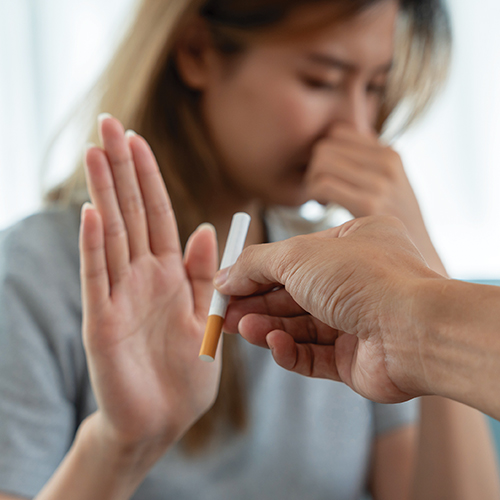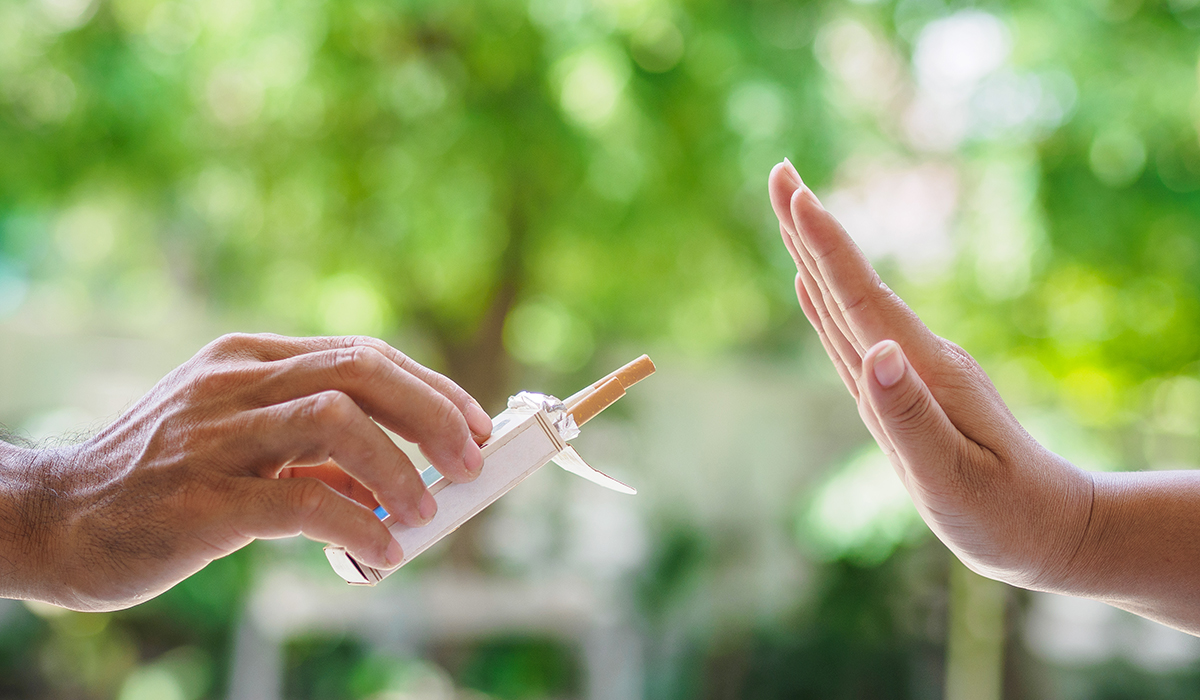January 2019
Quitting smoking requires persistence. The Centers for Disease Control and Prevention says it takes smokers eight to 10 attempts, on average, before they are able to kick the habit. One study estimated it may even take 30 attempts over a smoker’s lifetime before they quit for good.
The pull of nicotine
Smokers who want to quit often get sabotaged by nicotine cravings. As the main addictive substance found naturally in tobacco (and added to e-cigarettes), nicotine reaches the brain seconds after inhaling.
Like other addicting drugs, nicotine floods the brain’s reward circuits with a chemical called dopamine. It also causes a slight adrenaline rush that speeds up your heart and raises blood pressure, some of the reasons the American Heart Association considers smoking a major risk factor for heart disease.
Nicotine withdrawal
Smokers who try to quit go through withdrawal symptoms, such as irritability and anxiety, when their body is deprived of nicotine. Though nicotine cravings can last for months, the worst withdrawal symptoms happen within the first seven to 10 days, according to the American Lung Association. Nicotine cravings usually kick in an hour or two after your last cigarette, and most urges to smoke only last several minutes.
To get through cravings, smokers often turn to nicotine replacement products. These include over-the-counter nicotine patches, gums and lozenges. Your doctor can also prescribe nicotine nasal sprays or inhalers. While research shows that using nicotine replacement products increases the chances of staying smoke-free, they’re not the only ways to overcome nicotine cravings.
For those who want to quit cold turkey, or who need extra help, try these six nicotine-free techniques to purge the urge.
1. Work it out. When the desire to light up hits, engage in bursts of exercise until the urge passes. Studies find that brief bouts of aerobic exercise at moderate to high intensity offer the most benefit for overcoming cravings. Exercise may help in the long term too. According to Smokefree.gov, cigarette cravings and withdrawal symptoms decrease during exercise and up to 50 minutes after.
2. Practice deep breathing. Deep breathing replaces the sensation of inhaling deeply on a cigarette. The National Cancer Institute recommends this breathing exercise: Take a deep breath in through your nose and then slowly exhale through your mouth. Repeat this 10 times.
3. Distract your mouth. Smoking gives your mouth something to do. If your mouth is feeling restless, try chewing on sugarless gum or hard candy instead.
4. Avoid triggers. Secondhand smoke can thwart attempts to quit. Replace smoke breaks with a walk instead. Steer clear of places where smokers gather.
5. Limit alcohol and caffeine. Along with being a trigger, too much alcohol can reduce your inhibitions to smoke. Caffeinated coffee, tea and energy drinks can exacerbate anxiety and stress, common withdrawal symptoms.
6. Use technology. SmokefreeTXT from Smokefree.gov offers a free 24/7 text messaging program to help you quit. Depending on your quit date, you’ll receive three to five texts per day, with tips and encouragement, for six to eight weeks. Sign up for the full program or simply use the on-demand support feature by texting CRAVE, MOOD or SLIP to 47848.



